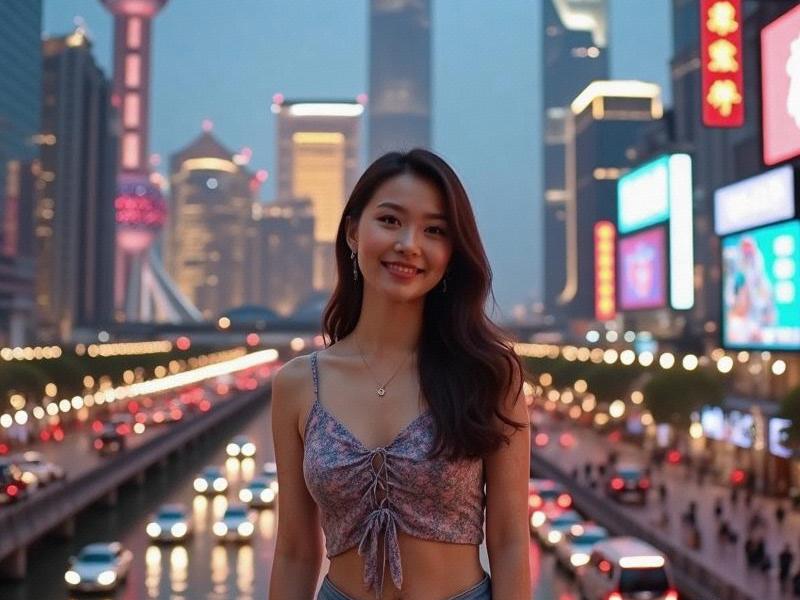This investigative report explores Shanghai's transformation into Asia's newest cultural capital, examining how the city is balancing rapid modernization with heritage preservation while developing a distinct creative identity.

Shanghai's cultural landscape is undergoing its most dramatic transformation since the 1930s. As China's most cosmopolitan city rediscovers its creative soul, a new generation of artists, architects, and entrepreneurs are reshaping its identity beyond the financial powerhouse image.
The New Cultural Geography
Shanghai's creative map now features:
• 42 officially designated art districts (up from 3 in 2010)
• 18 new private museums opened in the last three years
• 76 repurposed industrial spaces hosting cultural activities
• The 3.2 km West Bund Museum Mile along the Huangpu River
• 600+ independent bookstores and specialty cafes
"Culture has become Shanghai's new currency," says cultural economist Professor Zhang Wei. "The city added more gallery space last year than Paris and Berlin combined."
Creative Economy Boom
Key statistics reveal:
1. Creative industries now contribute 13.7% of Shanghai's GDP
2. Employment in cultural sectors grew 28% since 2020
3. Art auction sales reached ¥9.8 billion in 2024
4. 1,200 international artists now maintain Shanghai studios
上海神女论坛 5. The city hosts 47 major annual cultural festivals
Architectural Preservation
Shanghai's heritage conservation efforts include:
• 1,258 protected historical buildings cataloged
• Adaptive reuse of 92% of colonial-era structures
• Strict height limits in historic core zones
• "Facadism" techniques preserving street character
• Digital documentation of vanishing neighborhoods
Emerging Art Scenes
Notable developments:
• M50's evolution from textile mills to avant-garde hub
• Tank Shanghai's oil tank transformation into art space
• Power Station of Art's industrial-chic exhibitions
• Columbia Circle's luxury-retail-meets-culture model
• Fengjing Town's rural art commune movement
上海龙凤419
Cultural Policy Innovations
The municipal government's approach features:
• Tax incentives for creative enterprises
• Simplified visas for international artists
• Cross-disciplinary incubator programs
• Night economy licenses for cultural venues
• Public art mandates for new developments
Challenges and Controversies
Ongoing tensions include:
1. Commercialization vs. artistic integrity
2. Gentrification displacing local communities
3. Censorship boundaries in contemporary art
4. Authenticity in heritage redevelopment
5. Balancing global and local cultural expressions
上海娱乐 Global Connections
Shanghai's cultural diplomacy includes:
• Sister-city collaborations with 86 global cities
• Louvre partnership for the Pudong Museum
• Broadway-style theater district development
• Venice Biennale satellite exhibitions
• UNESCO Creative City designation (2023)
Future Directions
Emerging trends suggest:
• Expansion of digital art and NFT galleries
• Growth of immersive theater experiences
• Revival of Shanghainese dialect in performances
• Increased corporate art patronage
• Integration of AI in creative processes
As Shanghai prepares to host the 2026 World Expo, its cultural transformation offers a compelling case study in how global cities can develop distinctive creative identities while navigating the complex interplay between preservation and progress, tradition and innovation, local character and global appeal. The city's cultural awakening may ultimately prove as economically significant as its financial rise.